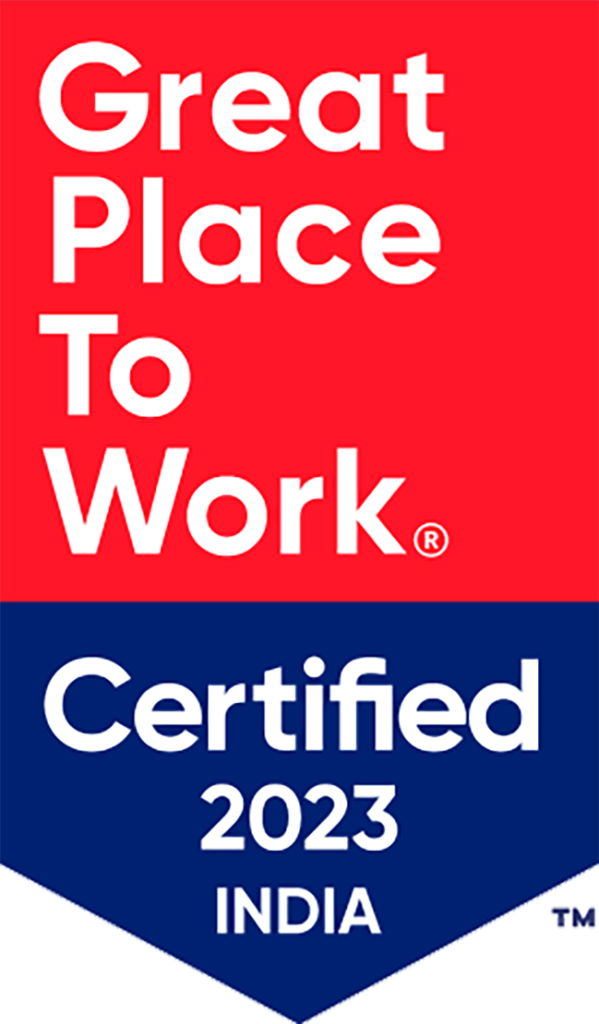It wasn’t the best trip home, but it provided me a learning lesson from my Lyft driver. You see, my flight got canceled at 11pm as I was heading home from Phoenix. Now, it’s been a long day, and although the airline paid for the hotel and travel to and from the airport, I was still exhausted. I finally got to the hotel, checked in, and was able to get 5 hours of sleep before heading back to the airport. It was early, not even the Starbucks was open. I’m sitting there waiting for the Lyft driver at 5:30am in the hotel lobby. It’s a weird hotel with a hard-to-find entrance to the lobby. The first driver is going the wrong way, I can track him in the app, and then he gets on the property and cancels the ride. URGH… I’m texting in the app, but he doesn’t respond. Now I’m sitting here thinking, “Oh my, I hope I don’t miss my flight”. Thankfully the app quickly re-routed and gave me a new driver, let’s call her Maddy. Thankfully, she knows the property and pulls up about 10 minutes later. As we pull away from the hotel, I explain to her how the previous driver cancelled because he couldn’t find the lobby. She started to explain to me how that driver would not get paid. Abandoned rides equal zero dollars. Hmmm… This statement then led to a very interesting conversation.
Maddy drives both Uber and Lyft and she started to describe the process to me in detail. What I learned was that both services have built a revenue model where drivers become entrepreneurs, and have similar structures to many of us business owners.
Both services deduct almost half of the fair from the driver. On the app, the fare was showing as $44, but she told me she would get paid $17. Now, as a business owner, I get it, there is a cost of delivering a product and the COGS (Cost of Goods Sold) percentage is probably running at 55%. As an owner, I understand that.
The ride-share companies have also built incentive programs and Rewards and Recognition. If you drive between 4am on Monday to 4am on Friday you will earn points, that once you hit a certain number, you will qualify as a “top driver”. Top drivers will then qualify for cash back fuel cards. Uber gives 3% and Lyft gives 8%. It’s an incentive program. But they are smart, you have to earn the card monthly for Lyft, and quarterly for Uber. If you become a preferred driver and maintain your weekly point streak for the quarter, Uber will give you another bonus of $475 for the quarter.
Hmmm…why do I share this with all of you?
Well, Maddy made over $70k in total trips last year, of which she earned $35k take home, minus her expenses, $25k in her pocket. With that Maddy has been able to support her home and raise her son as a single mother. She has had a hard life, coming out of an abusive relationship, recovering from a major accident that led to the loss of a child and a son that now requires therapy. She started to drink following the accident, but now, four years later, she is completely sober. She is working 7 days a week in order to support her family and have the flexibility to be a mom to her son. Oh my….
So, what did I learn:
- They have made a profit share model for drivers.
- They provide flexible schedules; you choose the ride you want to take and when.
- They allow you to utilize two different “apps” for jobs, opening additional sources of income.
- They provide incentives for customer satisfaction and closed rides (in my tech brain – closed tickets).
- They reimburse some expense based on your monthly scorecard for Lyft, and quarterly scorecard for Uber.
- Riders pay a premium for good employees, a level of confidence and customer experience guaranteed.
- And most importantly, Uber and Lyft are helping pick people up out of some tough situations and providing opportunities for them to support themselves and their families.
I never thought about a ride share app in this context before. In fact, I was always fearful of using them. But now, I see the value they provide to many people, and help enable entrepreneurs. With their flexible work schedules, ability to offer opportunities in both apps, incentive and rebate programs, they have allowed Maddy to get back on her feet and be a mother for her son. Is it a perfect model? No. But it is helping people, one ride at a time.
For more content like this, be sure to follow Build IT by ITBD on LinkedIn and YouTube, check out our on-demand learning platform, Build IT University, and be sure to Register for Build IT LIVE, our 3-day education focused conference, September 9-11 in Orlando, FL!








